Everything You Need To Know About Mid-Autumn Festival
- Chinese Culture
The Mid-Autumn Festival, also known as the Moon Festival or Zhongqiu Festival, is one of the most important traditional holidays in East Asia.
In 2024, it will be celebrated on Tuesday, September 17, 2024. This festival is widely celebrated in China, Vietnam, Taiwan, and Singapore, as well as by Chinese communities worldwide. It is a time to give thanks for the harvest, celebrate family unity, and admire the full moon, which is believed to be at its brightest and fullest on this day.
Origins and History
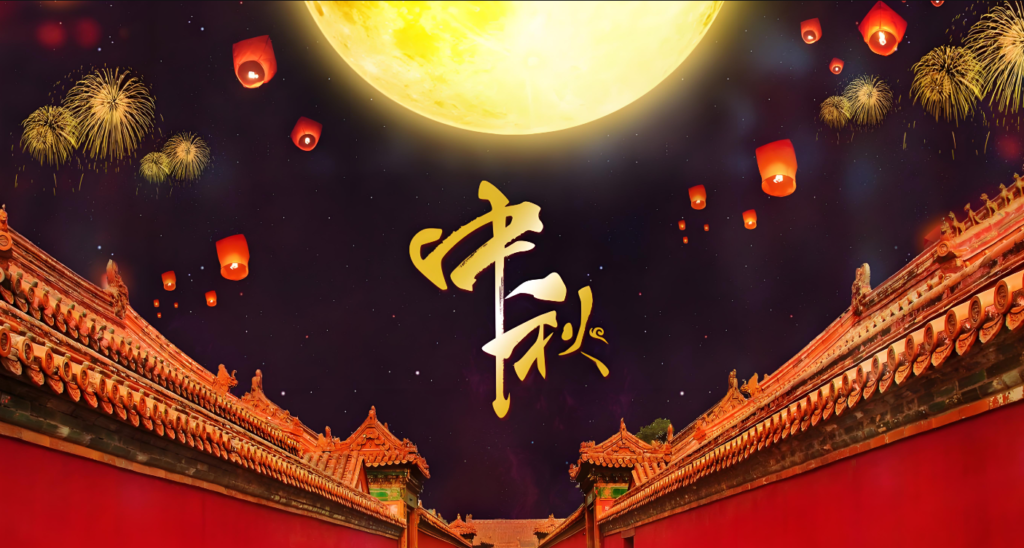
The Mid-Autumn Festival has a history of over 3,000 years, dating back to the time of ancient emperors in China, who worshipped the moon for a bountiful harvest. Over time, it evolved into a festival centered around family reunions, giving thanks for the harvest, and admiring the moon.
The Mid-Autumn Festival has a history of over 3,000 years, dating back to the time of ancient emperors in China, who worshipped the moon for a bountiful harvest. Over time, it evolved into a festival centered around family reunions, giving thanks for the harvest, and admiring the moon.
How People Celebrate Mid-Autumn Festival
1. Enjoying a Dinner with Family
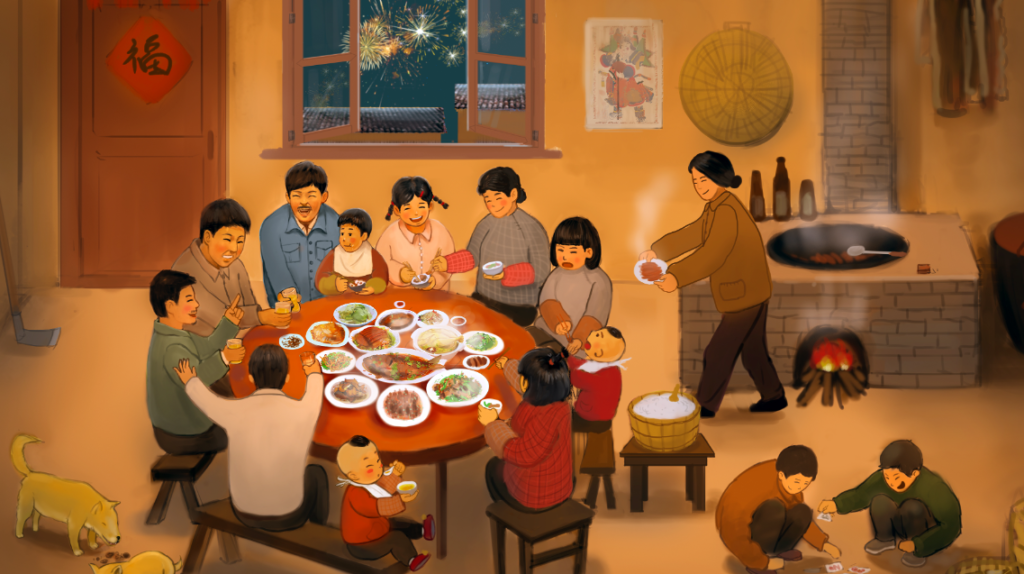
The Mid-Autumn Festival is a time for family reunions, and many families gather for a large meal, similar to Thanksgiving in Western cultures. The meal often includes traditional foods like duck, taro, and pomelos, and is followed by mooncakes for dessert.
2. Eating Mooncakes
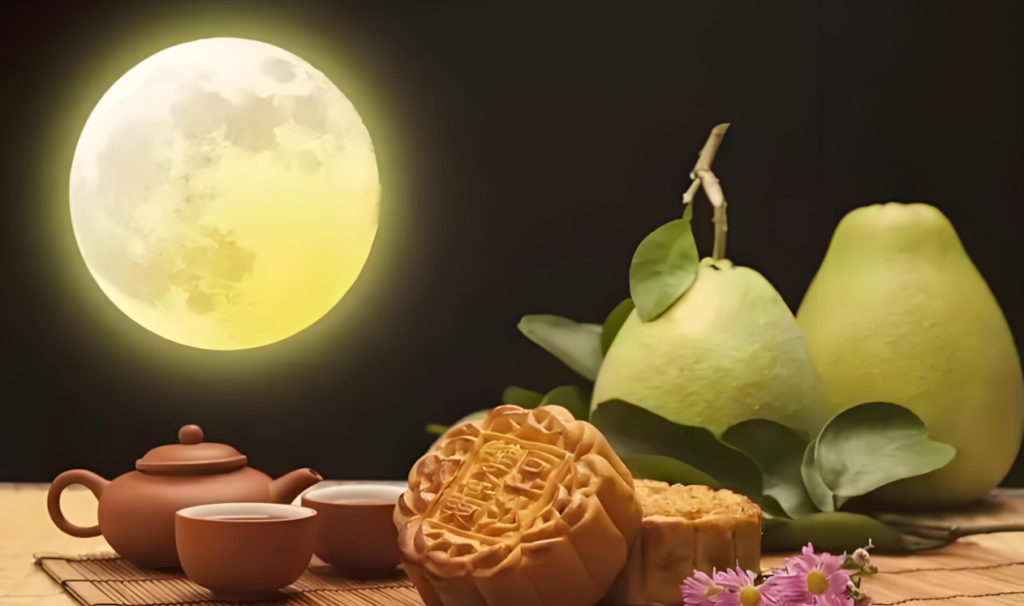
Mooncakes are the most iconic part of the festival. These round pastries are filled with various ingredients, such as lotus seed paste, red bean paste, and salted egg yolk. Mooncakes are exchanged among friends, family, and colleagues, symbolizing unity and completeness. The act of giving and sharing mooncakes represents the exchange of blessings and well-wishes.
3. Appreciating the Moon
Admiring the full moon is central to the celebration. Families and communities gather outdoors to enjoy its brightness, often hosting picnics or gatherings under the moonlight. The full moon symbolizes harmony and is thought to bring people closer together.
4. Worshiping the Moon
In some regions, people set up altars with offerings of fruits, mooncakes, incense, and tea to honor the moon. This practice stems from ancient moon worship traditions, where the moon was revered as a deity who controlled the harvest and brought blessings.
5. Making and Carrying Mid-Autumn Festival Lanterns
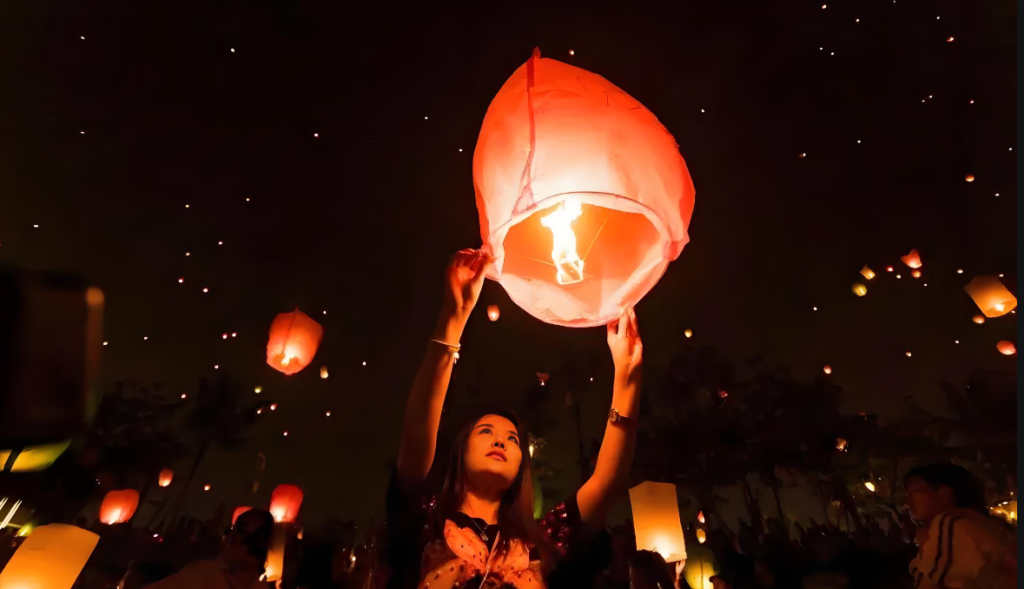
Lanterns are a symbol of hope, brightness, and prosperity. During the festival, both children and adults carry lanterns in various shapes, colors, and sizes. Lantern parades and displays are popular, and some people release sky lanterns with wishes written on them, believing they will carry their hopes and dreams to the heavens.
6.Drinking osmanthus wine:
During the Mid-Autumn Festival, people often enjoy mooncakes and admire osmanthus flowers, while also consuming various foods made from osmanthus, with pastries and candies being the most common.
On Mid-Autumn night, gazing up at the moon adorned with the imagery of osmanthus, smelling the sweet fragrance of osmanthus, and drinking a cup of osmanthus wine to celebrate a sweet and harmonious family gathering has become a beautiful part of the festival. In modern times, many people substitute red wine for osmanthus wine.
7.Guess lantern riddles:
On the night of the Mid-Autumn Festival, many lanterns are hung in public places, and people gather to guess the riddles written on them. Since this activity is popular among young men and women, it has also become associated with romantic stories. As a result, guessing lantern riddles during the Mid-Autumn Festival has evolved into a form of courtship.
Foreign Mid-Autumn Festival Customs
Mooncake Festival in North Korea:
In North Korea, the Mooncake Festival is celebrated similarly to other East Asian countries, focusing on family reunions and paying respect to the moon. However, detailed public information about specific traditions in North Korea is limited due to the country’s closed nature.
Mooncake Festival in Vietnam:
In Vietnam, the festival is known as Tết Trung Thu. It’s a time for children to celebrate with lanterns, lion dances, and mooncakes. The festival emphasizes family, with mooncakes often being shared among family members. Traditional foods like bánh trung thu (mooncakes) are enjoyed, and there are various cultural performances and activities, especially for children.
Mooncake Festival in Japan:
In Japan, the Mid-Autumn Festival is known as Tsukimi or Otsukimi. It involves admiring the full moon and offering foods such as tsukimi dango (rice dumplings) and seasonal fruits. The festival is less about mooncakes and more about celebrating the beauty of the moon and enjoying the autumn season.
Mooncake Festival in Singapore:
In Singapore, the Mooncake Festival is widely celebrated with a variety of mooncakes. There are public festivities including lantern displays, performances, and food fairs. Singaporeans enjoy traditional mooncakes, which come in numerous flavors and styles, reflecting the country’s multicultural society.
Mooncake Festival in Malaysia:
Similar to Singapore, Malaysia celebrates the festival with mooncakes and lanterns. The festival is a significant event for the Chinese community, with various public celebrations, cultural performances, and traditional foods. Mooncakes are a central feature, often shared among family and friends.
Mooncake Festival in Philippines:
In the Philippines, the Mooncake Festival is observed mainly within the Chinese community. It’s a time for family gatherings and enjoying mooncakes. The celebration may include traditional Chinese activities and foods, reflecting the country’s diverse cultural heritage.
Mid-Autumn Festival Stories
The Mid-Autumn Festival is rich with legendary tales and stories that add depth and meaning to the celebration. Here are some of the most famous Mid-Autumn Festival stories:
1. The Legend of Chang’e and Hou Yi
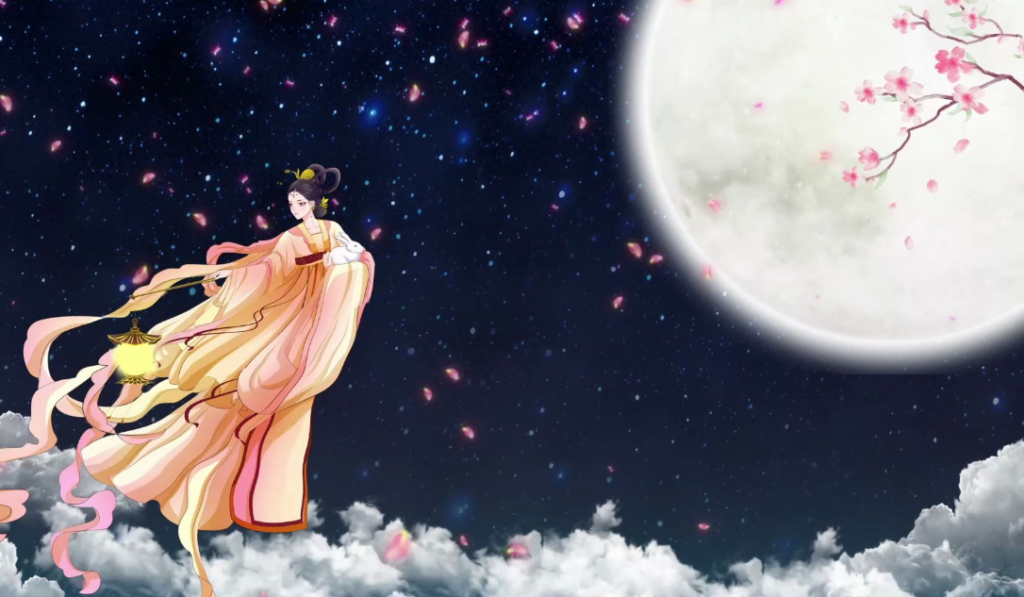
Chang’e and Hou Yi are central figures in one of the most popular legends associated with the Mid-Autumn Festival.
The Story: Hou Yi was a heroic archer who shot down nine of the ten suns that were scorching the Earth. As a reward, he was given an elixir of immortality. However, he did not want to live forever without his beloved wife, Chang’e. To protect the elixir from falling into the wrong hands, Chang’e took it herself. After consuming the elixir, she floated to the moon, where she has lived ever since. Hou Yi was heartbroken but would look up at the moon every Mid-Autumn Festival, hoping to be reunited with her.
Significance: The full moon represents Chang’e’s immortality and the longing for reunion. During the festival, people often make offerings to the moon in honor of Chang’e and her story.
2. The Jade Rabbit
The Jade Rabbit is another significant figure in Mid-Autumn Festival lore.
The Story: According to legend, the Jade Rabbit lives on the moon with Chang’e. The rabbit is said to be constantly pounding herbs to make the elixir of immortality. In some versions of the story, the rabbit is a self-sacrificing creature that jumped into a fire to provide food for a hungry traveler. Impressed by its noble act, the traveler revealed himself as the Moon God and took the rabbit to live on the moon.
Significance: The Jade Rabbit symbolizes selflessness and the pursuit of immortality. It is often depicted in mooncakes and other festival decorations.
3. The Legend of the Mooncake Uprising
This legend is tied to the use of mooncakes during the Yuan Dynasty.
The Story: During the Yuan Dynasty, the Chinese people were under Mongol rule. A rebellion was planned to overthrow the Mongols. To communicate secretly, the rebels hid messages inside mooncakes, which were distributed as Mid-Autumn Festival treats. The messages instructed the rebels to rise up against the Mongol rulers. The rebellion was successful, leading to the establishment of the Ming Dynasty.
Significance: This story highlights the mooncake as a symbol of resistance and unity. It underscores how traditional foods can carry deeper meanings and historical significance.
4. The Legend of Wu Gang
Wu Gang is another legendary figure associated with the moon.
The Story: Wu Gang was a woodcutter who was punished for his misdeeds by being forced to chop down a self-healing laurel tree on the moon. Despite his efforts, the tree regenerates, so Wu Gang is eternally condemned to his task.
Significance: The story of Wu Gang represents unending toil and punishment. It adds to the mythical ambiance of the moon and its associated legends.
5. The Legend of the Immortal Peach
This legend is linked to the broader Chinese belief in immortality and the moon.
The Story: In ancient times, the Queen Mother of the West (Xi Wangmu) held a grand banquet in her palace on the moon, where she served peaches that granted immortality. These peaches were said to ripen once every 3,000 years. During the Mid-Autumn Festival, people would celebrate this divine feast by enjoying peaches and other sweet treats.
Significance: The immortal peaches represent the quest for eternal life and divine favor, linking to the festival’s themes of harmony and prosperity.
These stories enrich the celebration of the Mid-Autumn Festival, weaving together themes of love, heroism, and the supernatural, and making the festival a time for both reflection and joy.

